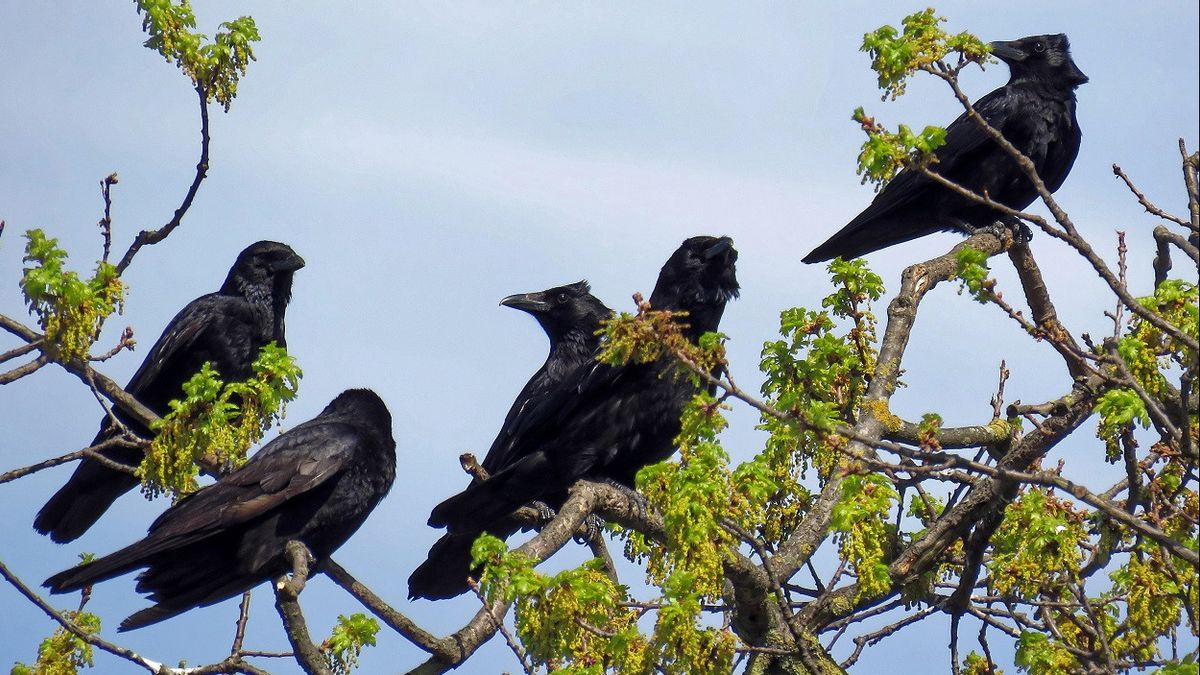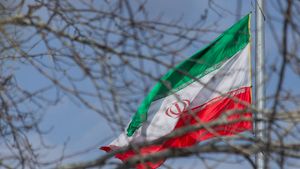JAKARTA - Wild birds can be shot to protect game birds that are bred for shooting, following a recent law change in the UK.
Millions of beautiful and colorful pheasants are bred each year for British game farms. They are fattened so that they are slow and easy to shoot once the hunting season begins.
This condition has long been a debate, when predators can be shot to protect them. Now, as part of the new guidelines, the Department of Environment, Food and Rural Affairs (Defra) has included a definition of when these birds are considered livestock, citing Euronews 4 January.
Under general shooting license guidelines approved in the UK on January 3, animal inspectors will be able to legally shoot ravens, magpies and ravens to protect pheasants, grouse and partridges.
But only when they are "in cages or are free to roam but remain highly dependent on the provision of food, water or shelter by guards for their survival."
Unlike chickens, pheasants are not technically bred for the food industry, they are bred to be shot.

The problem is, for animal watchdogs, you can't shoot livestock for sport, under British law. To get around this, the law sees pheasants as potential livestock and game birds, but never at the same time.
Pheasants, considered livestock since breeding, are classified as 'wildlife' once they are released into the forest for hunting. As soon as the hunting season ends, the surviving 'wild' birds are collected and brought back into captivity, turning them once again into livestock.
Classifying them as livestock allows ranchers and farmers to be legally protected from liability. It also gives birds the right to be protected by the same animal welfare rights that give livestock enough space, access to water and food to live a 'happy' life.
To note, in recent years, ecologists have called for the number of pheasants that are bred and released into the wild in the UK each year to be reduced. They already far outnumber all the native English birds put together.
In the 1970s, there were only 4 million pheasants in England. Now their total number reaches a staggering 60 million.
And, their presence has dramatic consequences for the environment. The Royal Society for the Protection of Birds, Wild Justice and other conservation organizations in the UK have found that growing pheasant populations are damaging native wildlife.
The animals devour insects and plants, leaving their excrement in sensitive habitats. In 2021, their vocal protests saw Defra pass a law requiring rangers to seek a license before releasing pheasants near nature reserves.
The English, Chinese, Japanese, Arabic, and French versions are automatically generated by the AI. So there may still be inaccuracies in translating, please always see Indonesian as our main language. (system supported by DigitalSiber.id)













